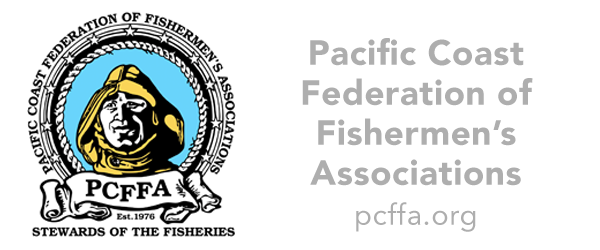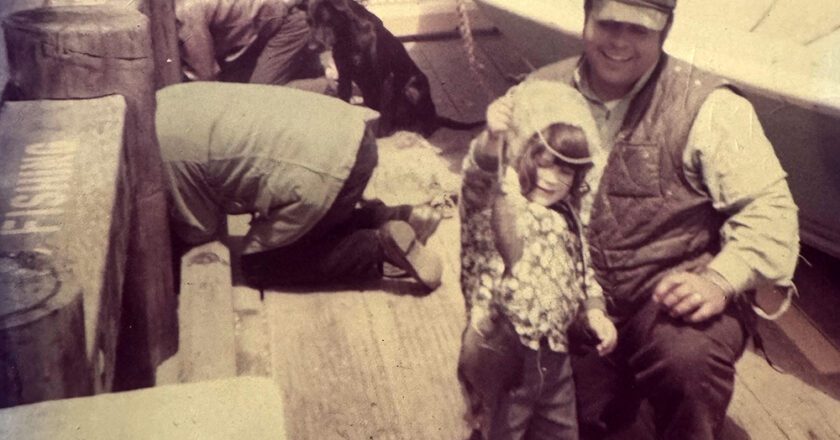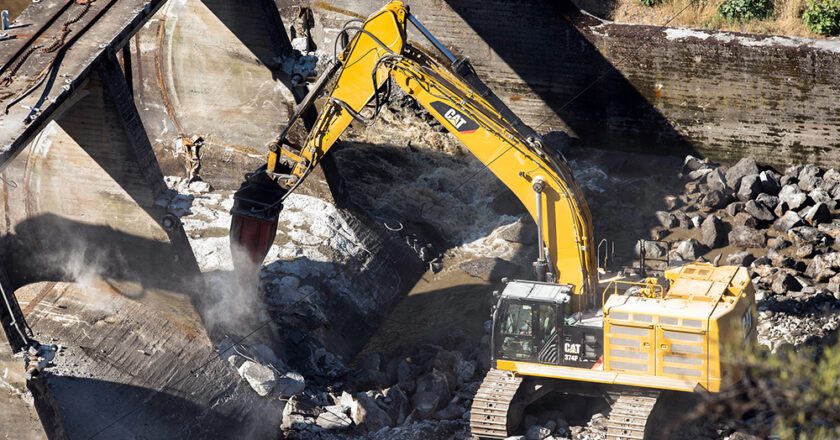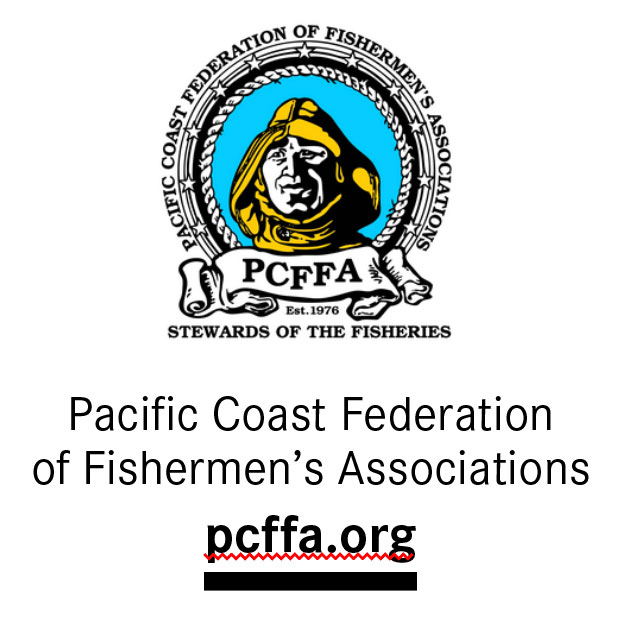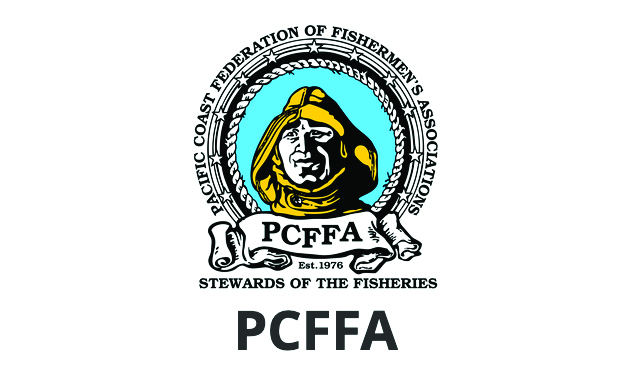The California Salmon Plan
The “California Salmon Strategy for a Hotter, Drier Future” was released by California Gov. Gavin Newsom on Jan. 30. It lists six goals and 71 actions intended to build healthier, stronger salmon populations throughout the state in the face of climate change-induced drought and heat.
Some of those actions are ongoing or in the pipeline. Many are aspirational. The strategy’s planning horizon is the next three years of Newsom’s term as governor and so it amounts to a salmon “to do” list for his administration, involving multiple agencies.
It’s ambitious, but much needed. And in the face of likely climate change impacts, it’s also a forward-looking planning process that other states should emulate.
First of all, we thank Gov. Newsom for having a salmon recovery strategy at all, and for...

